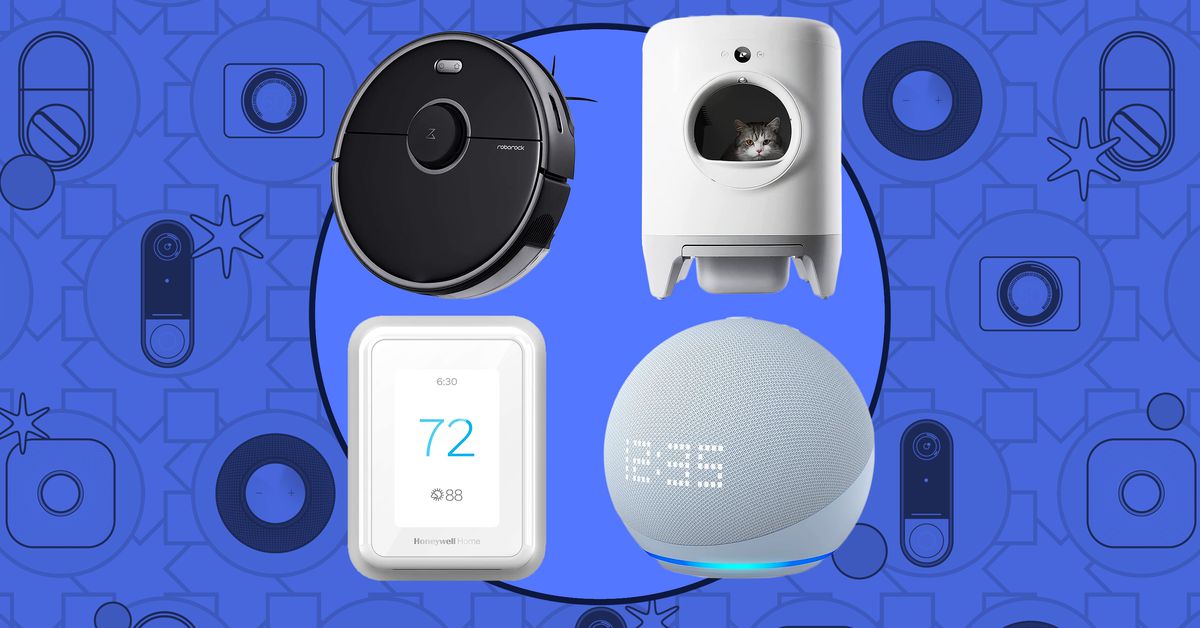Understanding Smart Home Device Compatibility
Device compatibility refers to the ability of smart home devices to seamlessly communicate and work together. In the context of smart homes, compatibility plays a key role in integrating various devices and creating a unified ecosystem. Without compatibility, users may face challenges in controlling and automating their devices, leading to a disjointed and frustrating experience. To ensure compatibility, smart home devices rely on various protocols and communication standards that enable effective communication and interoperability.
Popular protocols used in today’s smart home ecosystem include Zigbee, Z-Wave, Bluetooth, Wi-Fi, Thread, Google’s Weave, etc. Additionally, IoT product manufacturers also employ different cloud platforms, SDKs, and APIs to enable device compatibility. By understanding the importance of compatibility, manufacturers are able to create products that work together and simplify and enhance the user experience.
Key protocols and communication standards used in smart home technology
- Zigbee: A low-power wireless communication protocol widely used in smart home devices, Zigbee enables devices to connect and communicate wirelessly with each other.
- Z-Wave: Another wireless communication protocol, Z-Wave focuses on interoperability among smart home devices and allows for easy integration without Wi-Fi dependency.
- Wi-Fi: The most common communication standard in smart home devices, Wi-Fi enables devices to connect to the internet and provides broader compatibility options.
Common Smart Home Device Compatibility Challenges
While compatibility is essential in creating a seamless smart home experience, users often face challenges when connecting different devices. One common issue is the lack of uniform protocols and standards among manufacturers. Each manufacturer may utilize different communication protocols, making it difficult for devices from different brands to communicate effectively. Additionally, software or firmware updates can sometimes render devices incompatible with each other.
To avoid these challenges, it is crucial for users to research compatibility before purchasing smart home devices and ensure they adhere to industry standards.
Interoperability Standards for Smart Home Devices
Industry standards play a crucial role in achieving interoperability among smart home devices. Some popular standards include Zigbee, Z-Wave, and Wi-Fi. These protocols and communication standards allow devices from different manufacturers to communicate and work together seamlessly within a smart home ecosystem. By adhering to these standards, manufacturers ensure that their devices are compatible with a wide range of other devices, enhancing the overall smart home experience for users.
Ensuring Compatibility: Manufacturers and their Ecosystems
Manufacturers play a significant role in ensuring compatibility within their own smart home ecosystems. By developing and adhering to a specific protocol or communication standard, manufacturers create a controlled environment where their devices can seamlessly integrate and communicate. This approach provides a simplified user experience and ensures compatibility between devices from the same brand. However, this exclusive ecosystem may limit compatibility options with devices from other manufacturers, reducing flexibility for users who wish to mix and match devices from different brands.
Smart Speakers: The Central Hub for Device Compatibility
Smart speakers have become increasingly popular in the smart home ecosystem due to their role as a central hub for device compatibility. These speakers, equipped with voice assistants such as Amazon Alexa and Google Assistant, offer users the ability to control and manage various smart home devices through voice commands. They act as a bridge between different devices, regardless of their manufacturer, thanks to the compatibility options offered by popular smart speaker brands. This central hub feature simplifies the smart home experience by providing a unified control interface for all connected devices.
Bridging the Gap: Home Automation Platforms
Home automation platforms have emerged as a solution to connect devices from different manufacturers and overcome compatibility challenges. These platforms act as a central control interface, allowing users to manage and automate their smart home devices from one place. By integrating devices using these platforms, users can achieve device compatibility regardless of the manufacturers involved. However, it’s important to note that some devices may still have limitations when connected to a central automation platform, as not all features may be fully supported.
Best Practices for Ensuring Device Compatibility
To ensure device compatibility when building a smart home, it is crucial to follow these best practices:
- Research compatibility before purchasing devices: Check which communication protocols a device supports and ensure they align with the protocols used by other devices in your smart home ecosystem.
- Choose devices that use compatible communication protocols: Opt for devices that support widely adopted protocols like Zigbee, Z-Wave, or Wi-Fi, as they offer greater compatibility options.
- Utilize compatible automation platforms: Choose a home automation platform that supports a wide range of devices and manufacturers to ensure seamless integration.
Future Trends and Standards in Smart Home Compatibility
The future of smart home device compatibility looks promising, with emerging trends and standardized protocols paving the way for increased interoperability. One significant development is the integration of the Internet of Things (IoT) into smart home ecosystems. With IoT integration, devices can communicate and share data more effectively, enhancing compatibility and creating a more interconnected experience. Standardized protocols are also gaining traction, enabling devices from different manufacturers to work together seamlessly without relying on proprietary solutions.
Conclusion: Building a Seamless Smart Home Experience
Compatibility is a crucial factor in creating a seamless smart home experience. By understanding the importance of device compatibility and considering the various protocols, communication standards, and compatible automation platforms available, users can ensure that their devices work together harmoniously. Whether through smart speakers acting as central hubs or utilizing home automation platforms, users have the tools to create an interconnected smart home ecosystem that simplifies control and enhances convenience. By prioritizing compatibility, users can unlock the full potential of their smart home devices and enjoy a truly smart and interconnected living space.

